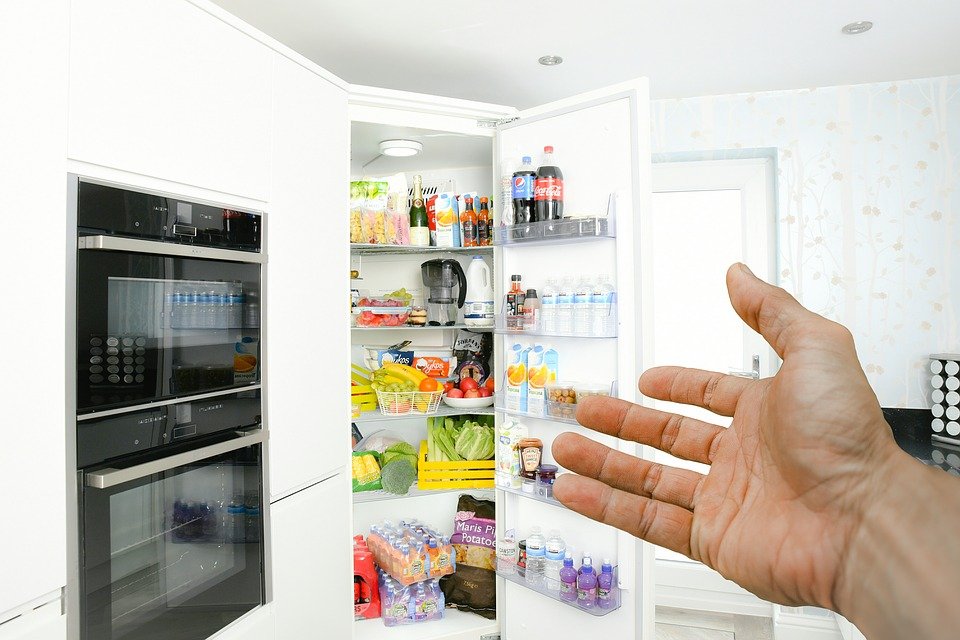The HVAC Refrigeration Cycle - Understanding the 3 Phase Process

A large portion of HVAC equipment operates on the principle of water resistance, which is why so many refrigeration systems are based upon this principle. The refrigerant is pumped through a manifold of copper piping and coils where it is chilled and then pumped back into the air flow system to be circulated through ductwork and ultimately to various cooling centers throughout an entire HVAC system. The process of circulation is necessary because hot air rises while cold air descends, thus a constant movement of chilled air is necessary to keep the entire system at a balanced temperature. While this is a simple concept upon which to base a wide variety of cooling and heating needs, understanding how all of this works is more complicated. You will read more now and learn all about the refrigeration cycle.
The basic principle upon which all HVAC refrigeration cycles work is based upon the principle of water being denser than air. The refrigerant flows through a manifold of copper pipes and coils where it is chilled, making the air it flows through cooler. As the chilled air passes through the pipes, the water's density decreases making the air more dense, and vice versa. This process continues as the water flows through the coils and copper tubing in the HVAC system until the air reaches its final destination, which is the AC condenser.
From this simple principle, HVAC systems have the ability to provide low-cost, high efficiency energy savings. Since the sun is the greatest renewable source of energy on earth, using this energy to cool our homes and provide air-conditioning can do amazing things for both environmental conservation and economy. While many people have tried to convert their homes to run on solar thermal heating and cooling, few if any have had success. The reason is that there are many factors that must be addressed in order for solar thermal systems to work.
One of these factors is the proper selection of an appropriate solar thermal-heating system. An important part of this system is the compressor, which is crucial to the entire HVAC refrigeration cycle. The compressor determines how quickly the air is cooled so that it can enter the compressor's heat exchanger and begin the phase of storage heat for later use.
Unfortunately, while this part of the HVAC system is vital to the operation of the entire system, many homeowners make the mistake of bypassing the compressor when installing their solar thermal heating or cooling system. Unfortunately, bypassing the compressor results in air leaks that cause moisture damage to the interior walls of your home and shortens the life of your HVAC system. The result is a higher cost for repairs and a shorter time before you have to replace the system. In addition, an improperly designed fan motor will fail to cool the interior walls of your house and reduce the efficiency with which your refrigerants enter the condenser coils. You will read more and learn all about the appropriate solar thermal-heating system.
Solar thermal cooling systems are designed to make efficient use of your existing heat source - hot water, heat from the sun or heat from the air. These systems work just as well as their refrigeration cousins, but they have the added advantage of being more environmentally friendly. If you're considering a conversion to solar HVAC, make sure that your heat pump, evaporator, condenser, and air conditioner are in top shape to keep your heating and cooling costs at a reasonable rate. Find out more details in relation to this topic here: https://en.wikipedia.org/wiki/Refrigeration.
